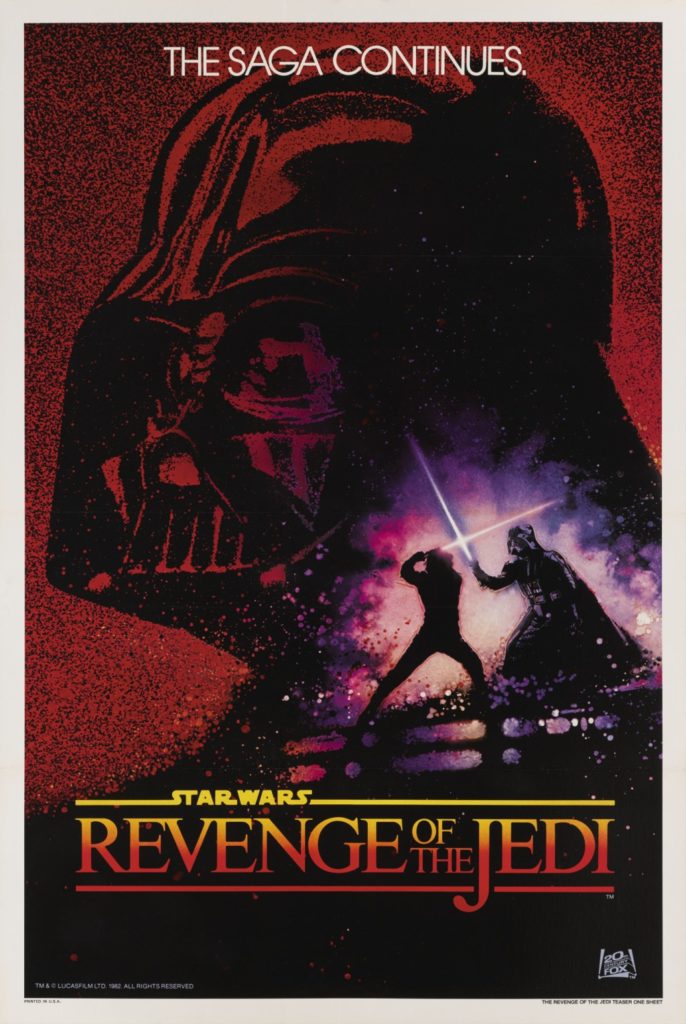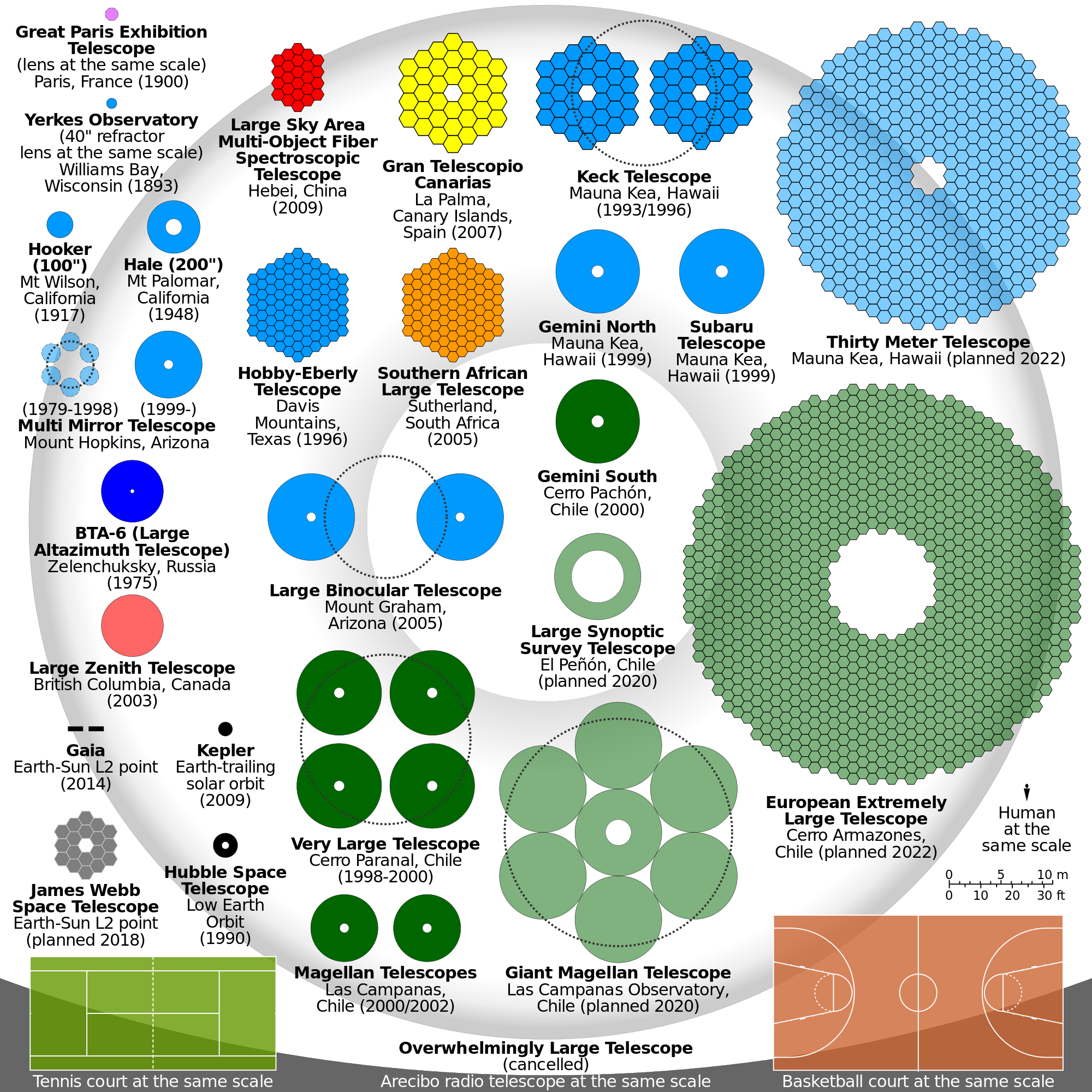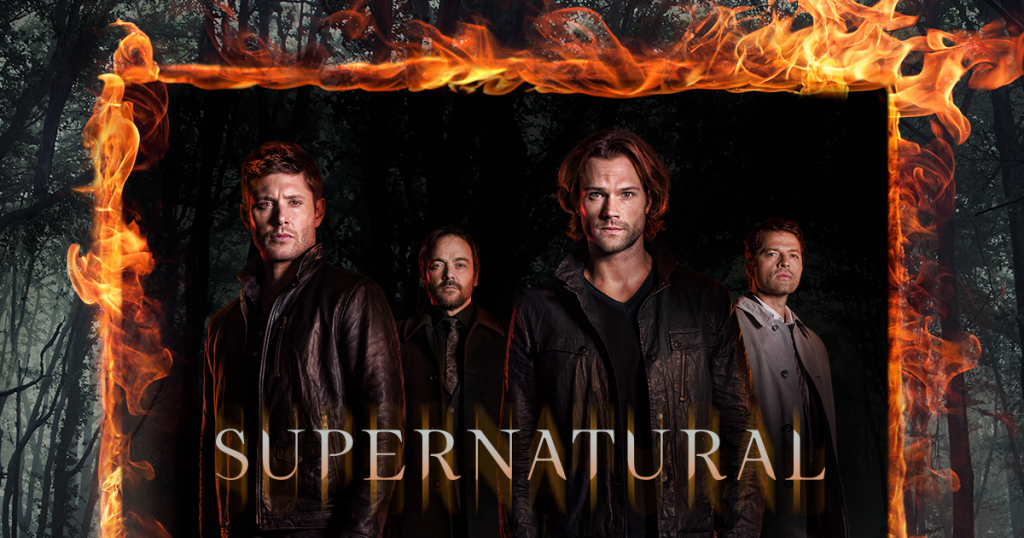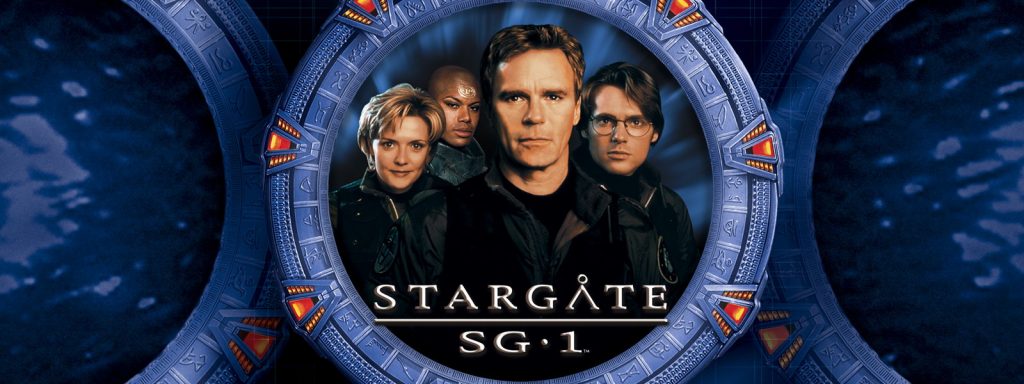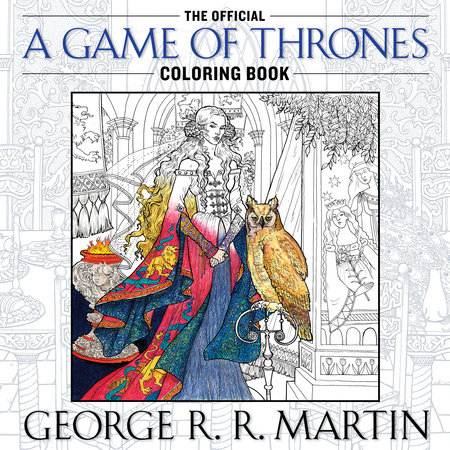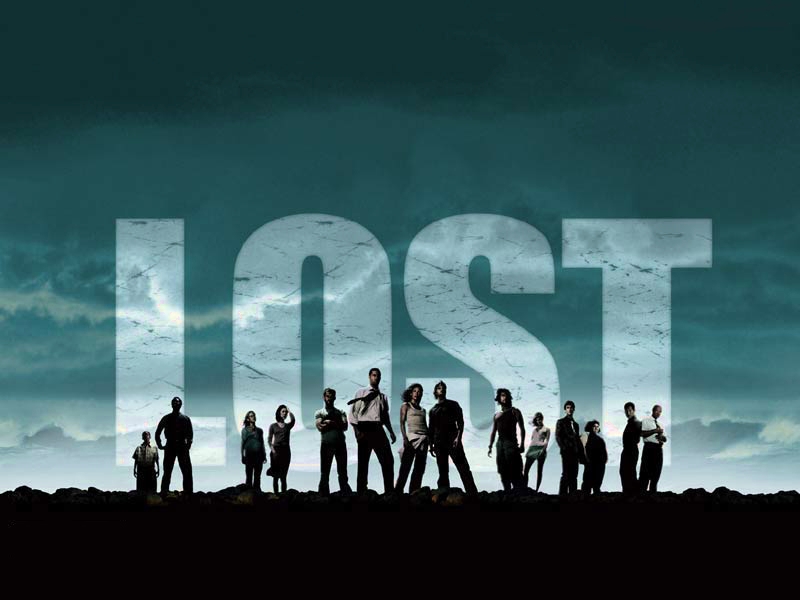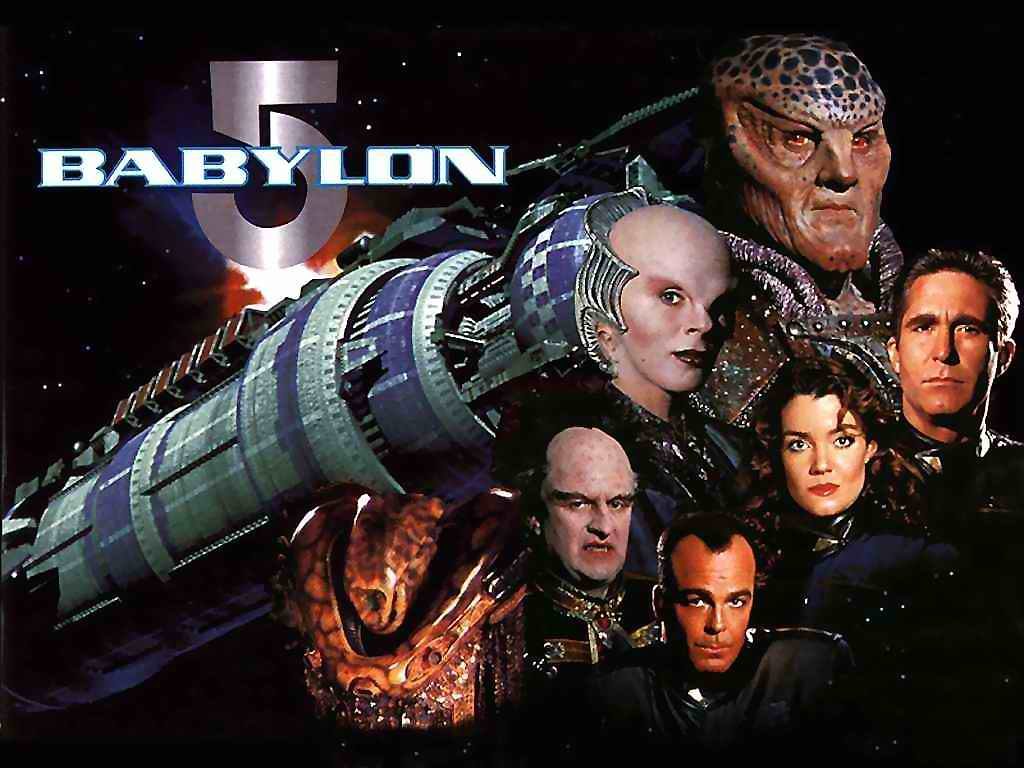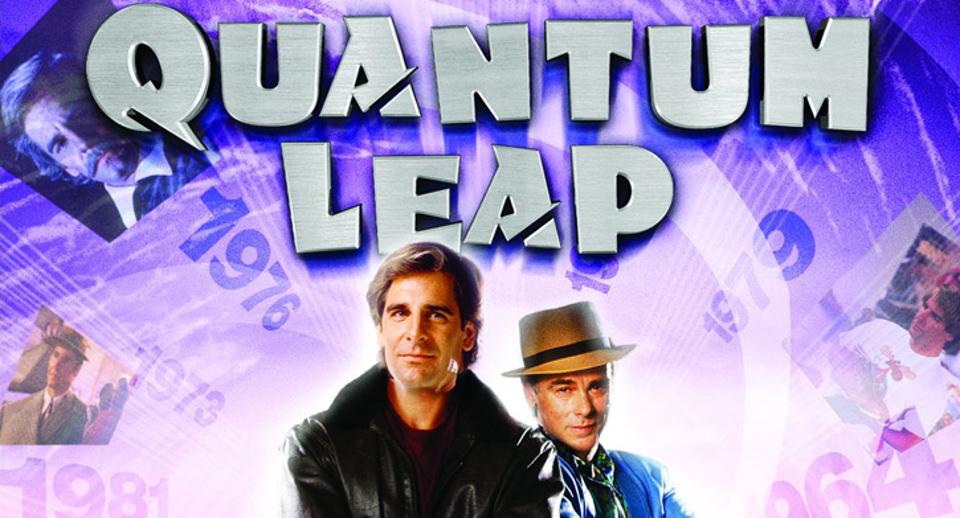(1) TAFF DATES ANNOUNCED. John Purcell says it’s almost time to submit nominees for the 2019 Trans-Atlantic Fan Fund race.
Since a lot of people have asked, European TAFF Administrator Johan Anglemark and I have established the following dates for the 2019 Trans-Atlantic Fan Fund Race to send a North American fan to the World Science Fiction Convention to be held in Dublin, Ireland over August 15 – 19, 2019. Here you go, folks:
The actual nomination period will run from October 1st to November 22nd of 2018. Therefore, if anyone is interested in standing for TAFF, the month of September is the time to line up your nominators.
The actual voting period will start on December 1st, 2018, and end on April 22nd, 2019. The week between the end of nominations and the beginning of voting will give your humble and obedient administrators the time to prepare the proper and official ballot.
A much more informative, official 2019 TAFF Press Release shall follow Real Soon Now and will include procedures and related data potential candidates need to know. In the meantime, if you go to the TAFF website https://taff.org.uk/ maintained by that nice David Langford fellow, you can learn many of these details there.
This race should be a lot fun. If you have any questions, feel free to ask either Johan Anglemark or me, John Purcell, and we will answer them as quickly as possible.
(2) EARLY PROMO ART. Sotheby’s auctioned off a Revenge of the Jedi poster on August 28 (Original Film Posters Online). Note, that’s “Revenge,” not “Return.” They’d estimated it would go for £1,400–2,600. After 23 bids it sold for £23,000.
(3) NO SHEET. Jim C. Hines is on the case —
Upon first glance, I thought this was a Shocking New Revelation about Chewie's preferences in the bedroom. pic.twitter.com/hbEFvxtLnB
— Jim C. Hines (@jimchines) September 9, 2018
(4) GREAT AMERICAN READ. Voting at last is open for PBS’ The Great American Read, which has been mentioned here several times. Get clicking!
(5) CONSCIOUS SYNTHS. Abigail Nussbaum’s column for Lawyers, Guns & Money takes on the robotic TV show Humans: “A Political History of the Future: Humans”.
…One core difference between Humans and a lot of other science fiction shows about robots or despised minorities with special powers is that it doesn’t center violence—and, when violence does occur, it is used exclusively to horrifying, demoralizing effect. Synths are strong, quick, and agile, but there are hardly any badass robot fights in this show. On the contrary, it often seems as if synths are a great deal more fragile than humans, succumbing to beatings and abuses that a human might recover from (which makes sense if you consider that these are basically talking household appliances, the sort of thing you’d be expected to replace after a few years). Images of damaged and mistreated synths recur frequently throughout the show, as a reminder of both the danger that our main characters face in human society, and the fact that this is a story where problems will mostly be solved by talking (though some characters, like the belligerent, short-tempered Niska, find this incredibly frustrating). This is a role left primarily to Laura, who over the course of the show’s three seasons embraces the cause of synth rights, and Mia, who becomes a figurehead in the growing community of conscious synths.
It’s an approach that, paradoxically, allows Humans to address much heavier, darker subject matter than more high-concept executions of its premise, precisely because the show is so grounded in the familiar….
(6) WHERE THE MONEY IS. AV/TV Club handicaps the contenders to succeed GoT: “Game of Game Of Thrones thrones: 43 big upcoming fantasy and sci-fi shows”.
Since debuting in April 2011, HBO’s Game Of Thrones has slowly become the defining television phenomenon of this decade, dominating the pop culture conversation in a way no other show has since the glory days of The Sopranos. It was one of a number of shows angling to step into the mob drama’s place, along with Boardwalk Empire, Mad Men, Sons Of Anarchy, Justified, and House Of Cards. HBO initially sold its adaptation of George R.R. Martin’s fantasy epic as “The Sopranos in Middle-earth,” hoping to transplant David Chase’s deeply American saga of violence, sex, family, and power to a sprawling, Tolkien-esque fantasy world. It managed to fulfill those expectations and then some, surpassing Sopranos viewership mid-way through its fourth season. Today it’s gone far beyond that: “Khaleesi” was a more popular name for baby girls in 2017 than “Brittany.”
But winter is coming. As Game Of Thrones heads into its final, six-episode season—slated to premiere sometime in 2019—it leaves a gaping hole in the television landscape. Everyone from Apple to FX has pined, sometimes publicly, for their “own Game Of Thrones,” and the model is clear: Find a nerd-culture tome, and throw money at it. Amazon has pledged to invest $1 billion on its prize-horse, a Lord Of The Rings prequel, but, as you’ll see below, this is a race with a lot of horses. There are dozens of such projects in the works, and even more if you factor in the game, film, and comic adaptations drawn in Thrones’ image, not to mention HBO’s own in-house heirs….
(7) HOW IT COULD HAVE ENDED. ScienceFiction.com says showrunner Ira Steven Behr’s idea for “The Original Series Finale For ‘Star Trek: Deep Space Nine’ Would Have Blown Viewers Minds!”
His vision was shot down but would have been a direct callback to one of the more interesting episodes in the series. Specifically, it would have directly gone back to “Far Beyond The Stars” from the sixth season. In it, Benjamin Sisko was given a vision of another life by the Wormhole Aliens where instead of being a Starfleet Captain he was actually Benny Russell who was a 1950s science fiction writer. As an author, he came up with the idea of Deep Space Nine in a story that not only dealt with racism but also was “about the dreamer and the dream and who is dreaming and what they are dreaming about.”
As for the potential series finale, it would have revisited the idea of Benny Russell:
“I did pitch to Rick Berman that the final episode would end up with Benny Russell on Stage 17 at Paramount, wandering around the soundstages, realizing that this whole construct, this whole series, that we had done for seven years, was just in Benny’s head. That is how I wanted to end the series. And Rick said “Does this mean The Original Series was in Benny’s head? Does this mean Voyager was in Benny’s head?” I said, “Hey man, I don’t care who is dreaming those shows, I only care about Deep Space Nine, and yes, Benny Russell is dreaming Deep Space Nine.” He didn’t go for it.”
(8) TREKIVERSARY. On the anniversary, SYFY Wire listed “Star Trek: 6 crazy things that nobody remembers about the first episode ever”. The first one thew into doubt just when the anniversary is —
Canada jumped the phaser and aired “The Man Trap” two days early
Famously, the anniversary of the first airing of Star Trek’s first episode is September 8th, 1966 on NBC, in America. But it turns out that the CBC in Canada aired the show two days early, on September 6th. This little-known fact emerged two years ago, surrounding the 50th-anniversary celebrations of the entire Trek franchise. Larry Nemecek, Trek historian and host of the podcast The Trek Files confirms this: “I was shocked that it took 50 years to penetrate us [Americans]! It’s apparently true. I’ve seen scans of Canadian newspaper TV listings that show it.”
(9) BREAKOUT MARVEL. NPR’s Emma Bowman says “Female Breakout ‘Captain Marvel’ Screenwriter Is Disrupting The Superheroine Trope”:
In a male-dominated industry, Geneva Robertson-Dworet is as rare as the female superhero characters she helps craft. The breakout action-genre screenwriter will be adding a historic project to her resume with Captain Marvel, Marvel’s first female-led movie, due out next year.
Robertson-Dworet, who penned the Tomb Raider blockbuster reboot, has also been tapped to work on Sherlock Holmes 3, Gotham City Sirens and the new Dungeons & Dragons adaptation.
In an interview with NPR’s Lulu Garcia-Navarro for Weekend Edition, the screenwriter praises the lengths Marvel took to recruit a female-heavy team — both on screen and behind the scenes — for the film, starring Brie Larson.
“Marvel really went above and beyond with Captain Marvel,” Robertson-Dworet says. “Not only did they have Anna Boden, who, along with Ryan Fleck is directing the movie … they had many female writers working on the project. They also had female producers in the room. And that is really rare to have that.”
(10) THE POWER. The Guardian says this job is not that f*ckin’ easy! “The YouTube stars heading for burnout: ‘The most fun job imaginable became deeply bleak’”.
…Professional YouTubers speak in tones at once reverential and resentful of the power of “the Algorithm” (it’s seen as a near-sentient entity, not only by creators, but also by YouTube’s own engineers). Created by the high priests of Silicon Valley, who continually tweak its characteristics, this is the programming code on which the fate of every YouTuber depends. It decides which videos to pluck from the Niagara of content that splashes on to YouTube every hour (400 hours’ worth every 60 seconds, according to Google) to deliver as “recommended viewing” to the service’s billions of users.
… As part of its Creator Academy, a vast online “school” covering everything from how to “enhance your channel’s search and discovery potential” to how to “make deals with brands”, YouTube recently commissioned a series of videos designed to teach its partners how to avoid fatigue. (Few of the people I speak to who run YouTube channels are aware of the resource.) The video on burnout has been viewed just over 32,000 times. It’s written and presented by 34-year-old Kati Morton. A licensed therapist based in Los Angeles, Morton has been posting videos to YouTube for eight years. As such, she is well placed to understand both the problem and the potential solution.
(11) DAILY OBIT. I Dream of Jeannie’s Bill Daily has died.
Actor Bill Daily, best known for his role as Roger Healey in the popular 1960s sitcom “I Dream of Jeannie,” has died at the age of 91, his son J. Patrick Daily said.
Bill Daily died at his home in Santa Fe, New Mexico, on Tuesday, publicist Patterson Lundquist wrote on Facebook.
Patrick Daily said his father “was a very happy man. He was happy with everything he did.”
…Daily played an Army captain, later a major, in the space program, the funny sidekick to Larry Hagman’s Air Force Maj. Tony Nelson, on “Jeannie.” The title character, a 2,000-year-old genie, was played by Barbara Eden.
(12) COMICS SECTION.
A salute —
Cartoon break: The Doctor is In. A little tribute to the newest time lord on the block. Enjoy! Share! Comment! Also available on my Redbubble https://t.co/JSnu7l5BXU pic.twitter.com/t3WfygqcXa
— Lar (@lartist) September 8, 2018
(13) MOST IMPORTANT GENRE. If the proof of a fan’s intelligence is how closely they agree with you, a lot of people are going to conclude Harari is pretty bright, WIRED interviews him about “Why Science Fiction Is the Most Important Genre”.
Yuval Noah Harari, author of the best-selling books Sapiens and Homo Deus, is a big fan of science fiction, and includes an entire chapter about it in his new book 21 Lessons for the 21st Century.
“Today science fiction is the most important artistic genre,” Harari says in Episode 325 of the Geek’s Guide to the Galaxy podcast. “It shapes the understanding of the public on things like artificial intelligence and biotechnology, which are likely to change our lives and society more than anything else in the coming decades.”
(14) INSTRUMENTALITY. Cordwainer Smith is still in mid-career as Galactic Journey considers his story in the latest issue of Galaxy, “On the Gem Planet”: “[September 9, 1963] Great Expectations (October 1963 Galaxy)”.
On a world composed solely of precious stones, a lone horse wanders masterless through a crystal valley. The Dictator of the planet and his beautiful heir entreat a young visitor, a crusading exile whose sole goal is to regain the throne of his home planet, for an explanation of how the horse came to his current condition.
Nothing more need be said of this piece save that it is another tale of the Instrumentality by the inimitable Smith, and it does not injure the reputation of the series or its writer. Four stars.
(15) HOLD THAT APPLAUSE. Bastian’s Book Reviews is lukewarm about its latest subject: “Review: The Fairy’s Tale by F.D. Lee”.
The Fairy’s Tale is a humorous novel about Bea, a fairy who works to ensure that fairy tales go according to plan. Bea herself, meanwhile, dreams of being promoted from a watcher to a manager (i.e. a fairy godmother), allowed to interact with the characters (humans) rather than just being an unseen force that applies minor nudges….
(16) NAGATA PRAISED. However, at Black Gate Steve Case finds plenty of good things to say about a book: “A Celebration of the Wonder of the Universe Itself: Vast by Linda Nagata”
I’ll get right to it: Linda Nagata’s Vast is everything you want epic sci-fi to be: a huge scope in time and space, a compelling look at the horizons of human and technological evolution, and a celebration of the wonder of the universe itself. Vast provides all this, with some truly beautiful descriptions of stellar evolution thrown in for good measure. On top of all this, this scale and big ideas are woven alongside excellent character formation and a plot that builds tension so effectively that long years of pursuit between vessels with slow relative velocities still feels sharp and urgent.
I liked this book. A lot.
(17) DRY DOC. io9’s Julie Muncy found a video that demonstrates how “The Star Trek Universe Uses a Surprising Amount of Paper”.
YouTuber EC Henry has put together a fascinating little video chronicling the history of paper usage in the Star Trek universe, chronologically moving from the original series up through the timeline and noting how the use of paper changes as time passes. In Kirk’s time, fascinatingly, paper is everywhere, and is regularly used for military purposes, while by the time of The Next Generation such usages have almost entirely vanished.
(18) IN OBSERVATORY YET GREEN. Let Space.com tell you “How to See the Bright Green Comet 21P in Binoculars on Monday”.
Want to see a comet whizzing by Earth? A great chance to catch one of these celestial visitors is overnight tonight, when Comet 21P/Giacobini-Zinner will be best visible in binoculars or a telescope.
The comet, also known as “21P,” will make its closest approach to Earth at around 2:30 a.m. EDT Monday (630 GMT). The bright-green comet should reach a visual magnitude of 6.5 to 7, according to EarthSky.org. This makes 21P almost bright enough to see with the naked eye — but not quite. […]
To find Comet 21P in the night sky, look east and find the constellation Auriga sometime between midnight and dawn local time. The comet will still be visible even after tomorrow, but it will fade over the coming days. Its exact location from moment to moment is available in NASA’s ephemeris calculator.
(19) IT’S FEELING BETTER. According to Engadget, “Planet-hunting Kepler telescope declares that it is not, in fact, dead”.
At this point, most space enthusiasts and insiders have said their goodbyes to the Kepler spacecraft. We’ve known for months that it’s very low on fuel, and its planet-hunting replacement, TESS, has already launched. But Kepler has a mind of its own, apparently. Despite the fact that its level of fuel is now crippling, and it’s had its share of mechanical issues, the telescope is once again back to work collecting scientific data and looking for new exoplanets.
(20) CUTTING ROOM FLOOR. Variety reports “Michael K. Williams Still Wants to Be Part of ‘Star Wars’ Franchise”.
Michael K. Williams holds no grudges against “Star Wars.”
The actor’s role was cut from the standalone Han Solo film “Solo” after director Ron Howard’s reshoots conflicted with his schedule. Paul Bettany stepped in and the character was reimagined for the new casting.
“I have not had the chance to see ‘Solo’ but shout out to my cast mates,” Williams told Variety on Saturday at the HFPA and InStyle party at the Toronto International Film Festival. “Even though I didn’t make the final cut, they’re still my cast mates. I love you guys.”
He hasn’t seen ‘Solo’ yet, but “I’m quite sure I’ll get around to it but I’m more interested in getting another shot in being in that galaxy…I would love another opportunity to be in ‘Star Wars.’”
(21) STORM WARNING. Unlike the Mercury-Gemini capsule days, a splashdown here would not mean a happy ending. Ars Technica explains: “SpaceX to launch super-heavy payload, land in high seas Sunday night”
After slightly more than a month, SpaceX returns to the launch pad Sunday night to deliver the Telstar 18 Vantage satellite into orbit. The four-hour launch window opens at 11:28pm ET (03:28 UTC) for a mission from Cape Canaveral Air Force Station in Florida.
The flight of a new Block 5 version of the Falcon 9 booster will seek to loft a large telecommunications satellite into geostationary transfer orbit. At 7,060kg, this is the second heaviest satellite SpaceX has flown; the heaviest is the Telstar 19 Vantage satellite in July. It weighed 15kg more.
SpaceX will seek to recover the booster, which may prove a challenge given the tropical activity raging across the Atlantic basin. Due to the heavy payload, the first stage of the Falcon 9 rocket will land far out to sea, 660km downrange from the Florida spaceport. There, the Of Course I Still Love You drone ship will be waiting.Provided the rocket launches on Sunday night, the growing storm Florence—which is likely to be a Category 2 or 3 hurricane by that time—should still be more than 1,000km away. However, another low-pressure system is relatively close by, and choppy wave conditions may make landing more challenging than normal. A delay of one or two days would likely only worsen conditions in the area as Florence gets closer
(22) CAMPBELL. Alis Franklin’s “Everything wrong with science fiction is John W. Campbell’s fault” takes stock of the late editor’s racism and other shortcomings. On the other hand, his immortal novella “Who Goes There?” did inspire this bizarre video:
[Thanks to JJ, Martin Morse Wooster, Cat Eldridge, Chip Hitchcock, Mike Kennedy, John King Tarpinian, Carl Slaughter, Alan Baumler, and Andrew Porter for some of these stories. Title credit goes to File 770 contributing editor of the day Charon D.]

